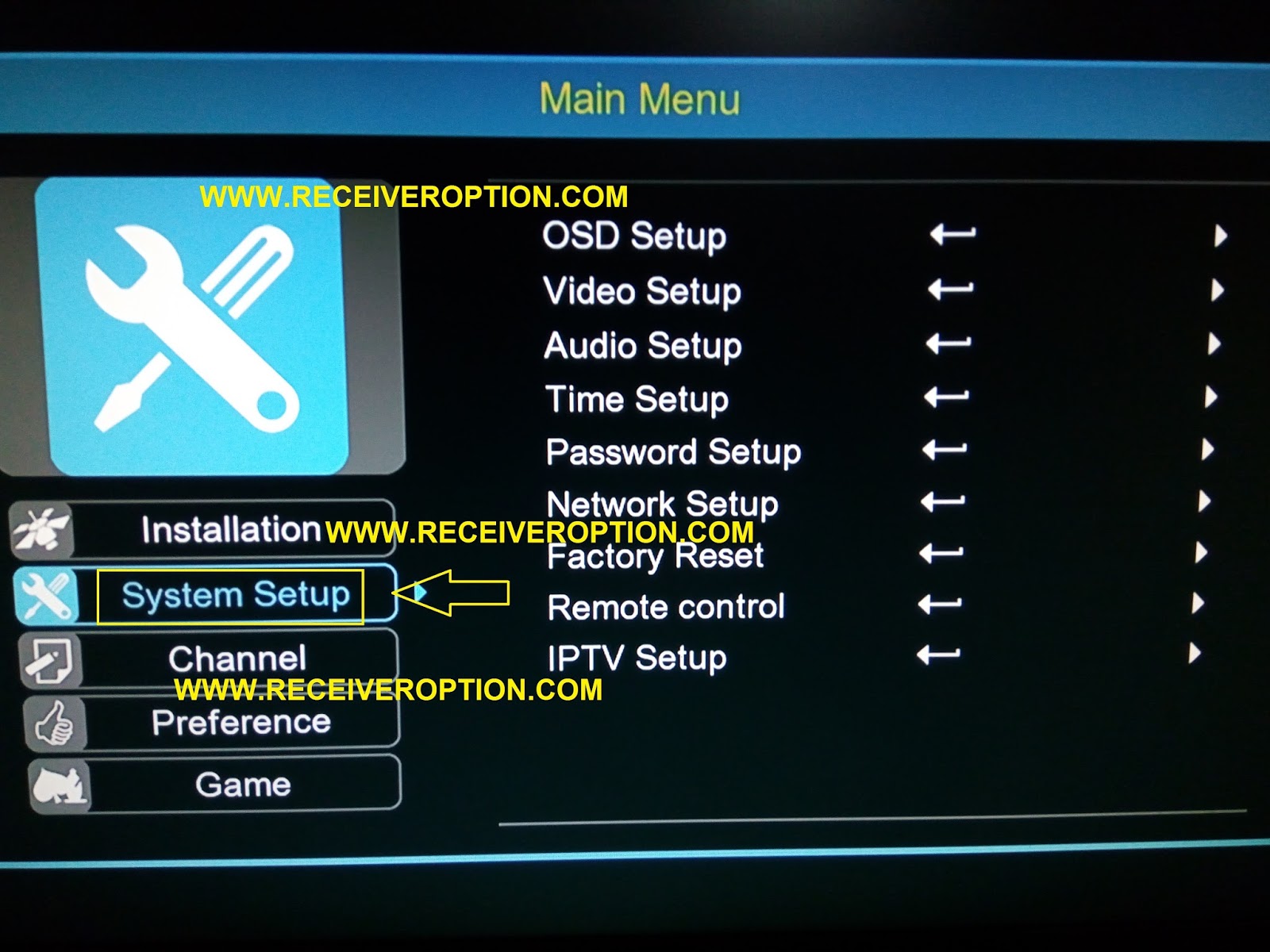

Echolink receiver setup password#
Password: If you had used EchoLink previously, type your original password here. If you are expecting to run in User mode, do not use a suffix after your callsign. Use -L to denote a simplex link, or -R if the link is tuned to the frequency pair of a local repeater. If you are planning to run in Sysop mode, put an -L or -R at the end of your call to indicate a "repeater" or "link", respectively (for example, K1RFD-L). The callsign must be at least 3 characters long and may not contain spaces or punctuation, except as part of a -L or -R suffix. If you have already registered, use the same callsign you used previously. Region Callsign: Set the callsign exactly as you wish to be registered with EchoLink. Settings If you have not previously used ilink, or chose not to import the original settings, you'll be asked to enter some information about your station. Unless you have a specific reason to begin with different settings, choose the "Import these settings" option. Import If you have previously used ilink on the same computer, the Setup Wizard offers you the option of setting up EchoLink the same way by "importing" your ilink 2Ħ settings. For more information about the types of interfaces EchoLink supports, see Interfacing (p. Be sure to select the correct port, and verify that the port is not already in use by another application. The list of COM ports shows COM1 through COM8, although not all 8 ports may be installed on your machine.

Interface If you selected Sysop mode, you'll be asked to indicate which type of interface board you are using, and which COM port it is connected to. Choose the option which best describes the type of connection you have. Certain EchoLink settings will be adjusted depending on whether you are using a "slow" Internet connection (a dial-up Internet service, for example), or a "fast" one. Customize You will be asked what type of Internet connection you plan to use. For more information about each mode, see Modes (p. For more information, see Interfacing (p.
Echolink receiver setup Pc#
This mode generally requires a special hardware interface between your PC and your transceiver. Sysop Mode Choose Sysop mode if you have connected (or intend to connect) a transceiver to your PC, in order to make your rig accessible to other EchoLink users connecting over the Internet. This option is appropriate if you do not expect to connect radio equipment to your PC to operate a repeater or link node.

User Mode Choose User mode if you expect to use your PC to connect to other EchoLink stations over the Internet, using your PC's microphone and speaker to communicate. Mode The first choice you will need to make is whether you want to run EchoLink in User mode or Sysop mode. Each screen of the Setup Wizard is described in detail below. The Setup Wizard gathers enough information about your system to get you started using EchoLink.
Echolink receiver setup software#
All of the information in this document is also available in the Help file provided with the EchoLink software package.ĥ Getting Started Initial Setup The first time you run EchoLink after installing it, the Setup Wizard will appear to step you through the basic setup. The sections that follow introduce the basic capabilities of EchoLink and outline the system requirements. The program enables worldwide connections to be made between stations, from computer to station, or from computer to computer. 70Ĥ Introducing EchoLink Congratulations on installing EchoLink! EchoLink is software that allows Amateur Radio stations to communicate with one another over the Internet, using voice-over- IP (VoIP) technology. 44ģ Explorer View Shortcuts Station List Index View.46 Explorer View.47 Connection Statistics Window Station Summary Window DTMF Functions Signals Single-User Mode.55 Sysop Mode.55 Record and Playback Recording Mode.57 Record and Playback Controls.57 Advanced Topics Profiles Conferencing With EchoLink Repeater Linking Tips Remote or Hard-Wired?.62 Carrier Detect.62 Low-Bandwidth Indicator Programming Interface Troubleshooting Firewall and Router Issues Background.65 Using Firewalls and Routers with EchoLink.65 Sound Card Adjustment Playback Volume.67 Recording Volume.67 Monitoring Your Levels.68 Online Support Technical Credits Legal Notices. 9 Configuration Setup MyStation Tab.10 Servers Tab.11 Timing Tab.12 Audio Tab.13 Preferences Listing Tab.16 Connections Tab.17 Security Tab.20 Signals Tab.21 Sysop Settings RX Control Tab.23 TX Control Tab.25 DTMF Tab.26 Identification Tab.28 Options Tab.29 Signals Tab.31 Remt (Remote Control) Tab RF Info Tab.35 Features and Functions The EchoLink Screen Menus and Toolbars The Toolbar.39 Menus.39 File Menu.39 Edit Menu.39 Station Menu.40 Tools Menu.40 View Menu.41 Help Menu Keyboard Shortcuts. 1 EchoLink User s Guide Version 1.8 Jonathan Taylor, K1RFDĢ Table of Contents Introducing EchoLink.


 0 kommentar(er)
0 kommentar(er)
